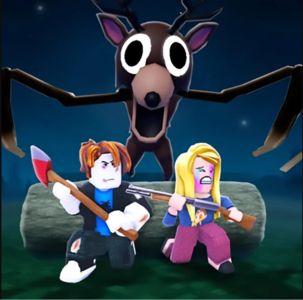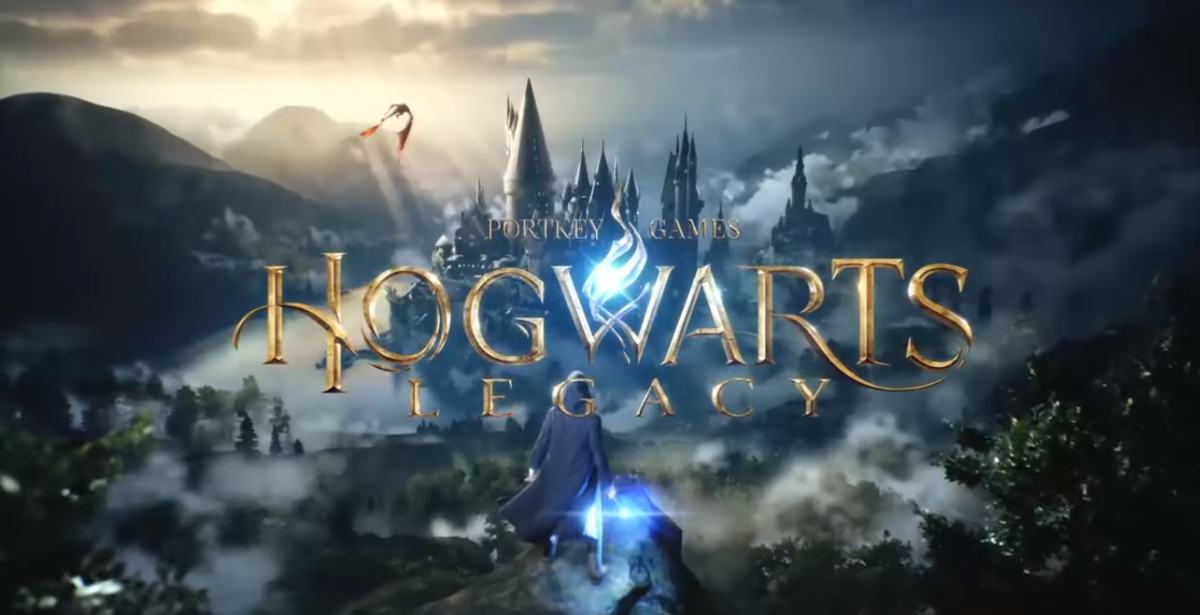99 Nights in the Forest: A Descent into Shadows, Survival, and Sanity
Introduction: Into the Heart of Darkness
The woods have always held a mystique, a primal terror that resonates in our bones. 99 Nights in the Forest by Studio Obscura taps into this ancient fear, transforming it into a rich, terrifying, and emotionally complex survival-horror journey. From its opening hours to its chilling finale, the game weaves narrative, psychological pressure, and resource management into a singular experience—both haunting and beautiful.
Set in a procedurally evolving forest that changes with each passing night, players must survive 99 days, facing hunger, weather, hallucinations, wild creatures, and their own unraveling mind. But beneath the mechanics lies a deeply symbolic story of loss, trauma, and recovery—or descent.
Night 1–10: Orientation and the Illusion of Control
The Forest Beckons
In the beginning, the forest is silent—too silent. The first nights of the game offer a sense of false security. Players explore abandoned cabins, collect food, and gather materials with relative ease. The UI is clean, and the pacing feels like a walk in a dark park.
Mechanics and Basics
You’re introduced to stamina, body temperature, hunger, and sanity meters. Each mechanic has layers: for example, warmth isn't just about survival—it affects perception. Hunger isn’t just physical—it influences hallucinations. These systems seem manageable—at first.
Night 11–20: Emergence of the Threat
Something Moves in the Trees
As the nights progress, things subtly shift. You may hear a second pair of footsteps. A distant child’s laughter. A misplaced item in your camp. The game’s AI-driven horror escalates based on your actions—do you venture too far from camp? Burn too many trees for firewood? The forest responds.
Psychological Tension
The brilliance of 99 Nights lies in how it fuses mental health with gameplay. Sanity is more than a meter—it warps the world. Trees may bleed, animals whisper your name, or your character might scream randomly, alerting predators. You’re never sure what’s real.
Night 21–30: Story Threads Begin to Surface
Memory and Lore
Through hidden journals, echoing voice lines, and environmental storytelling, we learn about the protagonist: a once-successful wildlife psychologist who fled into the forest after a personal tragedy. Whether it’s a lost child, a broken relationship, or something more sinister remains ambiguous.
The Narrative Puzzle
Each clue is vague but deliberate. Symbols etched into rocks align with dreams. Certain landmarks repeat in altered forms. Players who pay attention to these signs begin to piece together a layered psychological narrative akin to Silent Hill or SOMA.
Night 31–40: The First Real Enemy
The Stalker
By this point, a new mechanic is introduced: the Stalker. You never see them fully—only flashes in peripheral vision or reflections in water. But they’re real. You can set traps, distract them with music boxes, or attempt to confront them at a high mental cost.
The Need to Sleep
Sleeping becomes both necessary and dangerous. The dreams become darker and more interactive, and time passes differently within them. Some nights, you may wake up to find your camp destroyed or your inventory rearranged. Sleep becomes a psychological roulette.
Night 41–50: Isolation and Introspection
Deeper Into the Woods
At this point, many players leave the initial zones behind, venturing into the deep forest. The terrain changes: fewer resources, more strange structures—abandoned research stations, burial mounds, ritual sites. The lore deepens.
The “Other Survivor”
You begin receiving radio signals. A voice claiming to be another survivor. They leave notes, gifts, even save you from enemies. But can you trust them? Some players report hearing two different voices over the same frequency, offering conflicting advice.
Night 51–60: Duality of Reality
The Mirror World
Around this period, the game fully leans into surrealism. Certain nights cause a “reversal,” flipping the forest into a mirror version. Landmarks are twisted, gravity shifts, and previously benign animals become hostile. Time behaves erratically.
Player Agency
Every decision begins to echo. Did you choose violence over stealth earlier? That creature might now recognize you. Did you destroy a shrine for firewood? The forest may become colder for you alone. The game builds a web of cause and effect that enhances replayability.
Night 61–70: The Descent into Madness
Breaking Point
Sanity systems begin collapsing. Your UI may disappear. Dialogue from the protagonist becomes erratic. Voices beg you to “go home,” while others urge you to “remember.” At this point, the line between survival and symbolism fully dissolves.
Emergent Storytelling
Players begin crafting their own interpretations. Is the forest purgatory? A physical manifestation of trauma? Is the player even alive? No answers are given directly. This interpretive freedom has sparked countless online theories and fan content.
Night 71–80: Preparation or Resignation
Final Mechanics
Late-game mechanics involve rare items: the Ember Compass, which points to "truth zones," or the Black Thread, allowing fast travel through dreamspace at a cost. Boss encounters emerge—not in the traditional sense, but in moral or mental confrontations.
The Choice to End It
The game subtly introduces endings. Will you build the Signal Tower to call for help? Will you destroy it and become “part of the forest”? Or will you find the hidden cave marked with runes, rumored to contain the final memory? All choices are valid—and irreversible.
Night 81–90: The Return of the Past
Echo Nights
Certain nights replay earlier events but warped—your past interactions return in ghostly forms. Shadows of decisions you made weeks ago now manifest as enemies, weather patterns, or visual hallucinations. Guilt and memory shape the landscape.
Mastery and Mortality
By now, players are skilled survivors. But knowledge doesn’t bring peace. Every action feels heavier. Supplies dwindle, and the forest feels smaller—yet more claustrophobic. The end is near, but are you ready for it?
Night 91–99: Endgame
The Final Night
On the 99th night, the forest goes silent. No enemies. No wind. Just you, and a choice. Return to civilization—or descend beneath the forest floor into the Hollow Root. Each ending is uniquely animated, emotionally impactful, and deeply ambiguous.
Player Legacy
Post-game, a diary summarizing your choices is generated. It becomes your legacy. Did you maintain humanity, or succumb to the wild? Did you help others or hoard for yourself? The final moment is not a victory screen—but a reflection.
Conclusion: The Forest Never Forgets
99 Nights in the Forest is a rare masterpiece—equal parts survival game, interactive poem, psychological horror, and open-world mystery. 99 Nights in the Forest demands attention, patience, and emotional engagement. Its genius lies in what it does not tell you, and what it forces you to face: not the monsters outside your campfire—but the ones inside your own mind.
Whether you survive, transcend, or fall—your journey through this forest will stay with you long after you put the controller down.




























